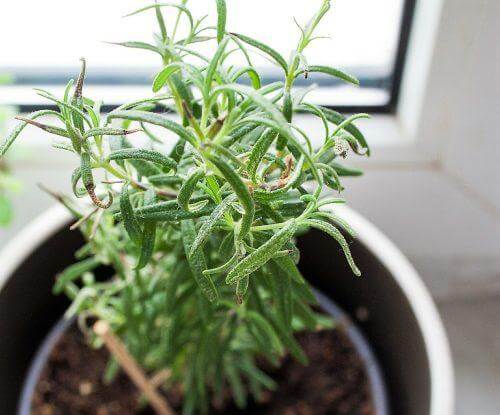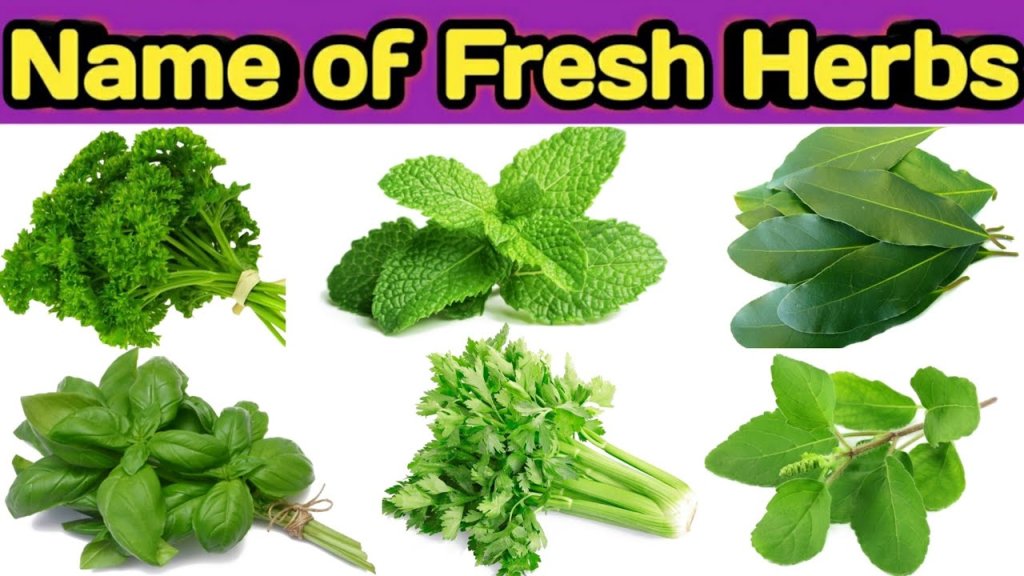Some herb plants receive a certain amount of sunlight. The plant bedding, therefore, grows to a certain size and eventually starts flowering. Once the flowers bloom, the seeds grow, too.
While this happens, the density of leaf growth may be reduced in these plants. This may not pose a serious threat for most gardeners or herb growers.
However, these plants generate a lower density of leaves. In other words, the number of leaves that grow on the herb plants will be less than those found on a regular plant.
When the herb plant comprises flowers and seeds that can be pollinated, their leaves can be reduced.
To maintain an optimal level of leaf growth, here are certain tips and guidelines you can follow.

1. Regular Trimming of Plants
To facilitate the regular growth of plant leaves, you may have to trim the plant bedding now and then. Many of you would love to use the herb leaves for cooking or seasoning. Trimming the top of your plant can be an activity that can be taken up once every week.
This way, you can keep your herb plant leafy and bushy. Regular trimming of herb plants also ensures that the flowering season does not start very early.
So here, we give ample time for the plant to generate a good density of leaf growth.
2. The Effectiveness of Pruning and Trimming as a Process
As we have already seen how trimming promotes a better level of leafing, we have yet another process to achieve the feat of gaining better leafy growth. The process is pruning.
Pruning refers to shearing away a portion of the herb plant. To perform a good level of pruning, you need a clean and sharp pair of scissors or garden shears.
The garden trimmer can be cleaned when you rub the blades against a cotton swab dipped in alcohol. You can clean your garden-cutting equipment in between intervals of your pruning process.
When you perform the pruning process effectively, the leaves can regrow; that way, your herb plant will look bushier.
3. What Happens if The Flowers Start Blooming Already?
For some yellow flower herbs, you find a robust growth of thick yellow flowers even before the plant shoots its leaves. Here, you have nothing to worry about.
You may have to just cut out all the flowers at once. The plant will then grow more leaves, diminishing the further bloom of flowers.
What can you do with those flowers? Well, you can cut out their stems and put them into glass flower vases to adorn your homes. This way, you can add decorative and ornamental value to your homes and living spaces.
Therefore, you utilize the already-grown flowers and help the plant undergo trimming and pruning. The leaves will eventually start shooting after the session of trimming or pruning.
4. Flowering Tops on Herbs
During the first and initial stages of the plant, you must understand that the plant bedding utilizes its sunlight, organic matter, fertilizers, water, and other growing components to grow the plant’s leaves and roots. This way, the plants get their energy to sustain themselves.
Once the plant shoots enough leaves, it produces flowers, so the blooming season starts. These flowers contain seeds in them. These seeds drop off in the gardens or mud due to the impact of wind or rain showers. While the seeds are dropped, more plants grow through pollination.
This is where the plants now divert all their energy-producing components towards promoting the growth of flowers and their seeds. Here is where you need to arrive at your action plan.
Once you pluck out all these flowers, the plant will again divert its energy to regrow the roots and leaves. The activity, therefore, can promote a newer growth of leaves on the herb plant. And the cycle continues.
5. What Happens Next?
Once the flowering tops are removed, the plants produce richer and tastier herb leaves. Therefore, regular pinching and harvesting are needed to help the herb plants produce better-quality leaves, diminishing the growth of thick flowers. Once the flowering season starts, the seeds are going to pop out.
For most herb gardeners, the process typically has to be slowed down. The herb plants, therefore, must receive their ideal growing conditions so that we can slow down the process of seeding.
Extreme weather conditions like severe drought also accentuate the growth or bloom of the flowering season. This is done so the flowers can eventually drop off the seeds before the plant dies. Then, you can chop off the flowers and take these plants inside your kitchen. Try watering the plant so that it blossoms tastier herb leaves.
Conclusion
Here, we have seen different scenarios where your herb plants can be tended and cared for. When you cut the flowering bulbs, the plant will improve its window harvest period to a considerable extent.
It would be best to remember that when you shear off the flowering bulbs, the process will not hurt your herb plants. When you remove the flowers, the plant regenerates a fresh and tasty set of herb leaves you can use for your kitchen.
And this process assures that your kitchen is stacked up with yummy and tasty variants of herbs.
So, what are you planning to do for your organic garden? Please let us know!

